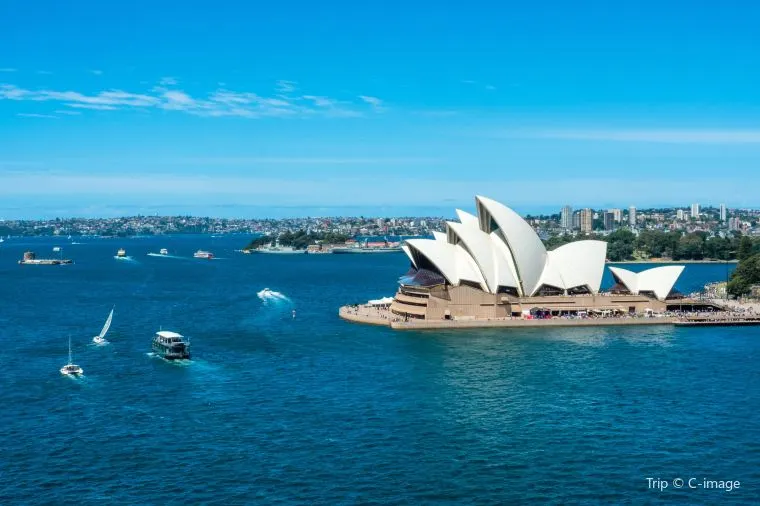
Australia, mate! A land of stunning landscapes, vibrant cities, and unique wildlife. Planning a trip to Australia can be an adventure in itself, but fret not, we've got you covered. In this article, we'll spill the beans on the trip to Australia cost and share the best tips for saving money without compromising on quality. From finding affordable hotels to savoring delicious local cuisine, we'll help you make the most of your Aussie adventure without breaking the bank.
So, let's dive into the nitty-gritty of the trip to Australia cost. Flights to the land Down Under can range from around $800 to $2,000 for a round-trip ticket, depending on your departure location and the time of year. Accommodation costs vary as well, with budget hotels and hostels starting at around $30 per night, while luxury hotels can set you back $200 or more. Fortunately, Australia boasts an extensive and efficient public transportation system, with a one-way subway or train ticket costing around $3 to $5.
Now, let's talk about food, mate! When it comes to satisfying your taste buds, Australia offers a range of options. Budget-conscious travelers can enjoy a meal at a local budget restaurant for around $10 to $15 per person, while mid-range restaurants may charge $20 to $40 per person. Keep in mind that these prices can vary depending on the city and location.
For those wondering how much to budget for their daily expenses, we've got you covered, cobber! A budget traveler can expect to spend around $50 to $70 per day, including accommodation, food, transportation, and activities. On the other hand, a mid-range traveler might allocate $100 to $150 per day for a more comfortable experience. Remember, it's always wise to plan ahead, research activities, and costs to create a budget that suits your travel style and preferences.
How much does it cost for 2 nights and 3 days when traveling to Australia?
Planning a trip to Australia? Wondering how much it would cost for a 2-night, 3-day adventure down under? Well, hold on tight mate, because we're about to break it down for you!

When it comes to the cost of a 2-night, 3-day trip to Australia, there are a few factors that can influence the final price tag. Your travel style, choice of accommodation, transportation, and activities all play a role in determining the overall cost. But fear not, we've got a rough estimate for you budget-conscious travelers:
Flights:
Let's start with the flights. The cost of a round-trip ticket to Australia can vary depending on where you're flying from. From major cities around the world, you can expect to pay anywhere between $800 to $2000 in US dollars. Keep in mind that prices fluctuate, so it's always a good idea to keep an eye out for deals and discounts.
Accommodation:
Now, let's talk about where you'll rest your weary head at night. Budget hotels in Australia can range from $50 to $150 per night in US dollars. So for 2 nights, you're looking at a total cost of $100 to $300 for accommodation.
Transportation:
Getting around in Australia is a breeze, especially if you take advantage of the subway or train system. A one-way ticket on public transportation can cost you anywhere between $2 to $5 in US dollars. So for 3 days of transportation, you're looking at a total cost of $12 to $30.
Food and drinks:
Now let's satisfy those taste buds! If you're dining at budget restaurants, a meal can cost you around $10 to $20 per person in US dollars. But here's a little secret, mate - street food and convenience store meals can cost even less! As for drinks, the price can vary depending on the type and location. Expect to pay around $2 to $5 for a refreshing beverage. So for 3 days of food and drinks, you're looking at an estimated cost of $90 to $180.
Sightseeing and activities:
Australia is filled with incredible sights and activities, and some won't cost you a dime! Popular attractions like the Sydney Opera House or Bondi Beach can be enjoyed for free or with a small entrance fee of around $10 to $20 per person in US dollars. If you're up for some extra splurging, there are other attractions that may cost a bit more, ranging from $30 to $100 per person. So for 3 days of sightseeing and activities, you're looking at an estimated cost of $30 to $200.
So, how much does a 2-night and 3-day trip to Australia cost?
Based on our rough estimates, a budget traveler can expect to spend anywhere between $332 to $710 in US dollars for a 2-night and 3-day trip to Australia. However, keep in mind that these are just rough estimates and actual costs may vary depending on your travel style, activities, and other expenses.
So, what are you waiting for? Start planning your Australian adventure today and get ready to create memories that will last a lifetime!
How much does it cost for flights when traveling to Australia?
G'day mates! Planning a trip Down Under? Well, let's talk about the cost of flights to Australia. Now, before we dive into the nitty-gritty, it's important to note that the price of flights can vary depending on a bunch of factors. So, let's break it down for you.
First things first, where you're departing from plays a big role in determining the cost. Whether you're jetting off from the bustling streets of New York City or the sunny beaches of Los Angeles, the prices can differ. It's like comparing apples and oranges, you know?
Next up, the time of year you plan to travel. Just like the changing seasons, flight prices can fluctuate. If you're looking to escape the winter blues, expect to pay a bit more during peak travel seasons. On the flip side, if you're flexible with your travel dates, you might just snag a sweet deal.
Now, let's talk airlines. With a plethora of carriers flying to Australia, you've got options galore. From big names like Qantas and Virgin Australia to budget-friendly airlines like Jetstar, the prices can vary. It's like comparing a fancy steak dinner to a good ol' Aussie barbie - both delicious, but one might hit your wallet a bit harder.
Lastly, availability. Just like trying to find a kangaroo in the city, snagging a seat on a flight can sometimes be a challenge. If you're booking last minute or during peak travel times, you might have to fork out a bit more. So, it's always wise to plan ahead and keep an eye out for those flight deals.
Now, let's get down to the numbers. Keep in mind that these are general ranges and can vary depending on the factors we've discussed. For one-way tickets, prices can start around $800 and go up to $2000 or more, depending on your departure location, time of year, and airline.
If you're looking for a round-trip ticket, prices can range from $1500 to $4000 or more, again depending on the factors we've mentioned. Of course, if you're feeling fancy and want to fly first class, be prepared to shell out a bit more.
So, there you have it, folks! The cost of flights to Australia can be as diverse as the Great Barrier Reef. Just remember to consider your departure location, time of year, airline, and availability when planning your trip. Now, go on and start your Aussie adventure!
How much does it cost for hotels when traveling to Australia?
Planning a trip to Australia? One of the key factors to consider is the cost of accommodation. The price of hotels in this vast and diverse country can vary depending on several factors. From the bustling cities to the serene rural areas, Australia offers a range of options to suit every traveler's budget and preferences.
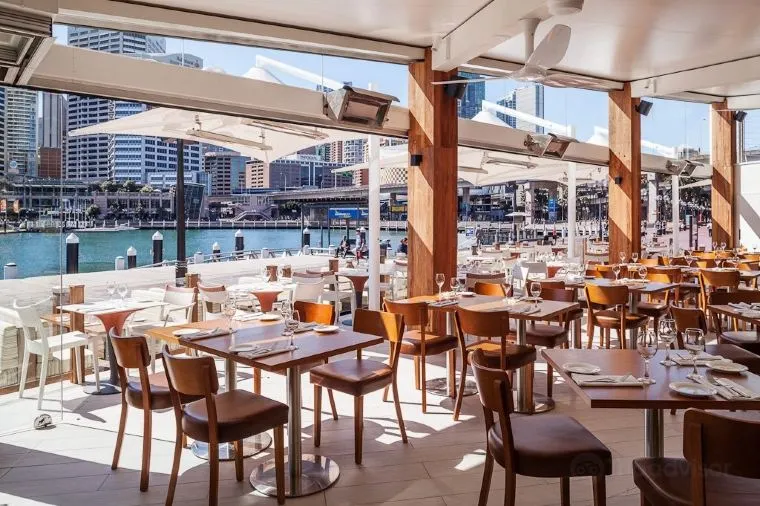
When it comes to hotel prices, location plays a significant role. Major cities like Sydney, Melbourne, and Brisbane tend to have higher hotel rates compared to smaller cities or rural areas. This is primarily due to the higher demand and the availability of luxury accommodations in these urban hubs.
In Sydney, for example, the average cost range of a mid-range hotel room per night is around $150 to $250. If you're looking for a more luxurious experience, expect to pay anywhere from $300 to $500 per night for a high-end hotel room. Melbourne and Brisbane follow a similar trend, with prices ranging from $130 to $220 for mid-range hotels and $250 to $400 for luxury accommodations.
However, if you're willing to explore beyond the major cities, you'll find that hotel prices in other cities and smaller towns are generally more affordable. In Adelaide, Perth, and Cairns, the average cost range of a mid-range hotel room per night is approximately $100 to $180. For those seeking a touch of luxury, the prices for high-end hotel rooms range from $200 to $350.
It's important to note that these price ranges are estimates and can vary depending on the season and availability. During peak tourist seasons or major events, hotel rates may increase, so it's advisable to book in advance to secure the best deals.
So, whether you're exploring the vibrant city life or immersing yourself in the tranquility of the countryside, Australia offers a wide range of hotel options to suit every budget. From the bustling streets of Sydney to the coastal beauty of Perth, there's something for everyone. Start planning your trip to Australia and experience the wonders this incredible country has to offer!
How much does it cost for food when traveling to Australia?
Planning a trip to Australia? One of the important aspects to consider is the cost of food and dining. Just like any other country, the cost of food in Australia varies widely depending on several factors. Let's dive into the details and get a better understanding of what to expect when it comes to food expenses during your Australian adventure.
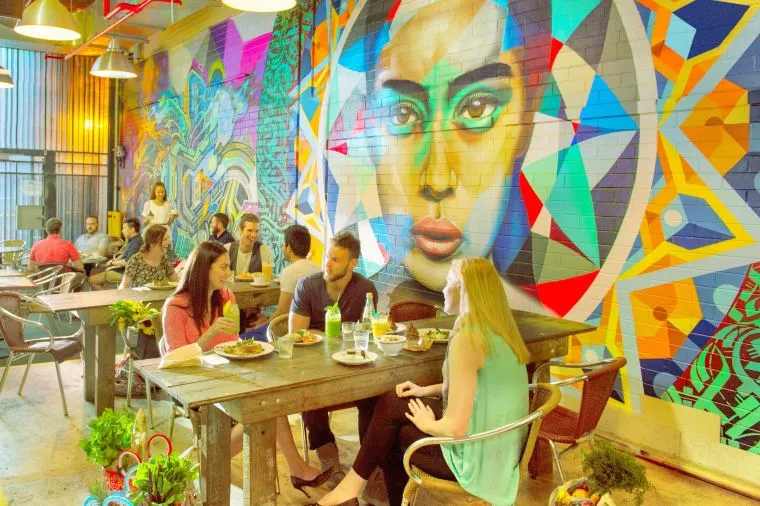
When it comes to dining out in Australia, the price range can be quite diverse. The type of food, the restaurant's location, and the level of formality or luxury all play a role in determining the cost. To give you a general idea, here are some price ranges in US dollars per meal for different food options in Australia:
Street food or fast food: $5 - $15
Casual dining or local restaurants: $15 - $30
Mid-range restaurants: $30 - $50
High-end or luxury restaurants: $50 and above
It's worth noting that these price ranges are approximate and can vary depending on the specific establishment and location within Australia. However, they provide a good starting point to gauge the cost of dining out.
If you're looking for more affordable options, Australia also offers convenience stores and supermarkets where you can purchase groceries and prepare your own meals. This can be a great way to save money while still enjoying delicious food during your trip.
Now, let's talk about tipping. In Australia, tipping is not as common or expected as it is in some other countries. While it's always appreciated to leave a tip for exceptional service, it is not customary or mandatory. The prices you see on the menu or bill generally include service charges, so tipping is entirely at your discretion.
So there you have it - a glimpse into the cost of food when traveling to Australia. Whether you choose to indulge in fine dining experiences or opt for more budget-friendly options, Australia has something to offer for every palate and budget. Enjoy your culinary adventures down under!
How much does it cost for souvenirs when traveling to Australia?
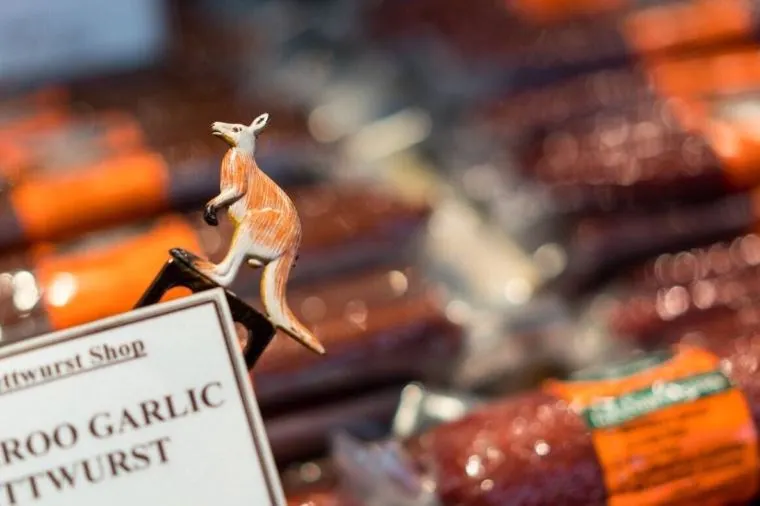
Well, mate, let me tell you, the cost of souvenirs down under can be as diverse as the Great Barrier Reef itself. It all depends on what you're after, where you're shopping, and the quality you're seeking. Whether you're looking for a classic kangaroo plushie, a boomerang to show off your throwing skills, a didgeridoo to impress your friends back home, or an opal necklace to add some Aussie flair to your wardrobe, the price range can vary significantly. For instance, a kangaroo plushie can set you back around 10 to 20 bucks, while a decent boomerang might cost you anywhere from 20 to 50 dollars. If you're in the market for a didgeridoo, be prepared to shell out between 100 and 300 dollars. And if you're looking to splurge on a stunning opal necklace, prices can range from 500 to a whopping 5000 dollars. Crikey!
Now, when it comes to shopping for souvenirs in Australia, it's important to know that many tourist areas have fixed prices, meaning there's not much room for haggling. However, if you're feeling adventurous and want to try your luck at bargaining, you might want to head to flea markets or antique shops. These places often offer unique items at more negotiable prices. So, if you're up for a bit of banter and a chance to score a bargain, give it a go!
How much does it cost for transportation when traveling to Australia?
Planning a trip to Australia? One important aspect to consider is the cost of transportation. Whether you're exploring the bustling city streets or venturing into the breathtaking outback, getting around this vast country can be an adventure in itself. So, let's dive into the world of transportation costs in Australia!
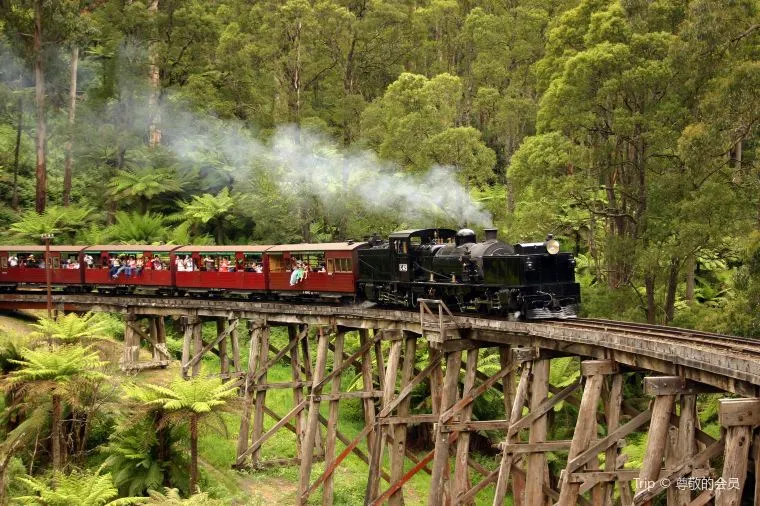
The cost of transportation in Australia varies depending on the mode of transportation and the distance traveled. Let's break it down for you:
Train: If you're looking for a scenic journey, hopping on a train can be a great option. Prices for train travel in Australia can range from $50 to $200, depending on the distance and class of service. So, sit back, relax, and enjoy the picturesque landscapes rolling by.
Subway: In major cities like Sydney and Melbourne, the subway system, known as the "metro," offers a convenient way to get around. A single trip on the subway can cost anywhere from $3 to $5, depending on the distance traveled. So, hop on board and zip through the city like a local!
Bus: Buses are a popular mode of transportation for both short and long distances in Australia. The cost of a bus ticket can range from $10 to $50, depending on the distance and the operator. It's a budget-friendly option that allows you to soak in the sights along the way.
Taxi: Need a quick and convenient ride? Taxis are readily available in most Australian cities. The cost of a taxi ride can vary, but as a rough estimate, a 10-minute trip can cost around $15 to $25. So, wave down a cab and let the driver whisk you away to your destination.
Rental Car: For those who prefer the freedom of the open road, renting a car is a popular choice. Rental car prices in Australia can range from $30 to $100 per day, depending on the type of vehicle and the rental company. Hit the road and explore Australia at your own pace.
Australia also offers transportation passes and discount tickets for visitors who plan to do a lot of traveling in a short period. These passes can be a great value for money. For example, the "Opal Card" in Sydney allows unlimited travel on trains, buses, and ferries within certain zones for a fixed price per day. Similarly, Melbourne offers the "Myki Card" for seamless travel on public transportation.
So, when planning your trip to Australia, don't forget to factor in the cost of transportation. With a variety of options available, you can choose the mode of transportation that suits your budget and travel style. Happy exploring!
How much does it cost for sightseeing when traveling to Australia?
Planning a trip to Australia? One of the most important factors to consider is the cost of sightseeing. Australia offers a plethora of breathtaking attractions and activities, but it's essential to have an idea of how much you'll be spending. Let's dive into the details!
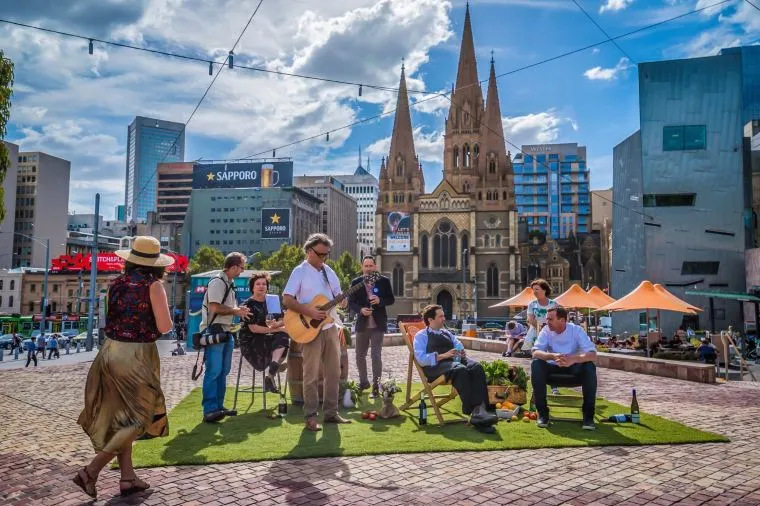
When it comes to sightseeing in Australia, the cost can vary widely depending on the location, attraction, and activity you choose. From iconic landmarks to natural wonders, there's something for everyone. Let's explore some popular tourist attractions and their cost ranges in US dollars:
- The Sydney Opera House: $25-$40 for a guided tour
- The Great Barrier Reef: $60-$200 for a snorkeling or diving experience
- Uluru (Ayers Rock): $25-$50 for a park entry fee
- The Twelve Apostles: Free admission
- The Blue Mountains: Free entry, optional activities may have additional costs
- The Whitsunday Islands: $200-$400 for a day trip
- The Daintree Rainforest: $30-$50 for a guided tour
- The Penguin Parade on Phillip Island: $25-$40 for general viewing
While these attractions offer incredible experiences, it's worth noting that Australia also provides numerous free or low-cost sightseeing options. You don't have to break the bank to enjoy the beauty of this country. Here are a few examples:
- Exploring the vibrant street art in Melbourne's laneways
- Taking a stroll along Bondi Beach in Sydney
- Hiking in the stunning Royal National Park
- Visiting the fascinating museums and galleries in Canberra
- Discovering the unique wildlife at Kangaroo Island
- Enjoying the scenic coastal drive on the Great Ocean Road
As you can see, there's a wide range of options to suit every budget. Whether you're looking for luxury experiences or seeking affordable adventures, Australia has it all. So, start planning your trip and get ready to create unforgettable memories!
How much does it cost for Wi-Fi & communication when traveling to Australia?
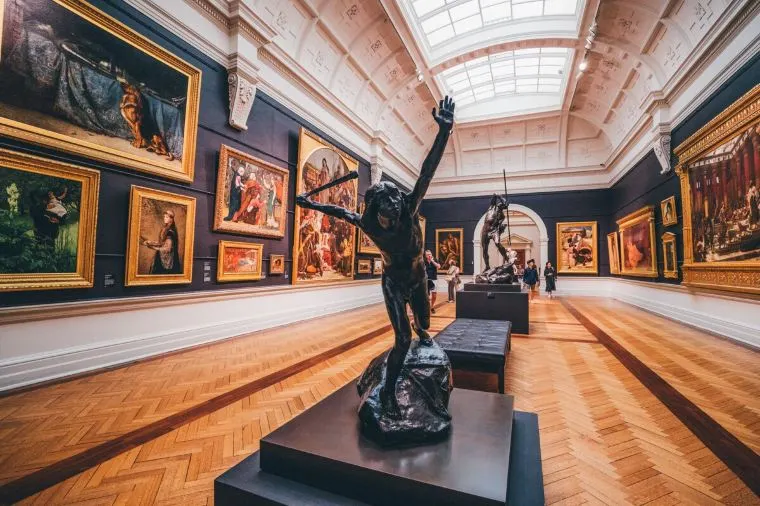
When planning a trip to Australia, it's essential to factor in the cost of staying connected. Wi-Fi and communication options vary, but fear not, mate! I've got you covered with all the details you need to know. Let's start with Wi-Fi rental routers. Depending on the rental company and plan you choose, prices can range from $5 to $15 per day. These nifty devices allow you to connect multiple devices simultaneously, ensuring you're always connected Down Under. Another option is getting a SIM card. Prices for SIM cards in Australia depend on the data plan and provider you opt for. You can expect to pay anywhere from $20 to $50 for a decent amount of data. This option is great if you have an unlocked phone and want to stay connected on the go. Now, let's talk about free Wi-Fi. Some hotels and accommodations offer complimentary Wi-Fi for their guests, so it's worth checking before booking. Additionally, certain smartphone apps like Wi-Fi Finder and Free Wi-Fi Australia provide access to hotspots throughout the country. These apps can be a lifesaver when you're in need of a quick internet fix. It's important to note that the cost of Wi-Fi in Australia can vary depending on the method of access and the data plan you choose. However, with the plethora of options available, you can find a solution that suits your needs and budget. So, stay connected and enjoy your trip to the land Down Under!
How much does it cost for visa when traveling to Australia?
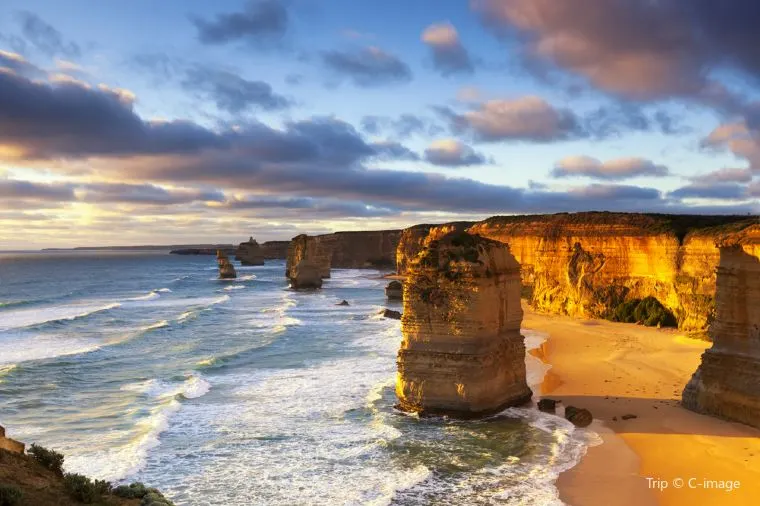
Planning a trip Down Under? Well, mate, let's talk about the cost of getting your passport and visa sorted for Australia. Now, the price tag for your visa application can vary depending on a few factors. Firstly, your country of citizenship plays a role in determining the fee. For example, if you're from the United States, you can expect to pay around $140 for a visitor visa. On the other hand, if you're an Aussie heading back home, you won't need a visa at all - it's visa-free access for you, cobber!
But wait, there's more! The type of passport application also affects the cost. If you're applying for a tourist visa, you'll be looking at a different fee compared to a student visa or a working holiday visa. So, it's important to check the specific figures for your situation. Keep in mind that these fees can change, so it's always wise to double-check with your local embassy or consulate for the most up-to-date information.
Now, let's address the elephant in the room - additional fees. Yep, some countries may require extra charges for visa applications or other travel documents. Crikey! It's a good idea to be aware of any additional costs that may pop up along the way. Remember, mate, your local embassy or consulate is your best mate when it comes to getting the lowdown on passport and visa requirements and fees. So, give 'em a buzz and make sure you're all set for your Aussie adventure!
How much does it cost for insurance when traveling to Australia?
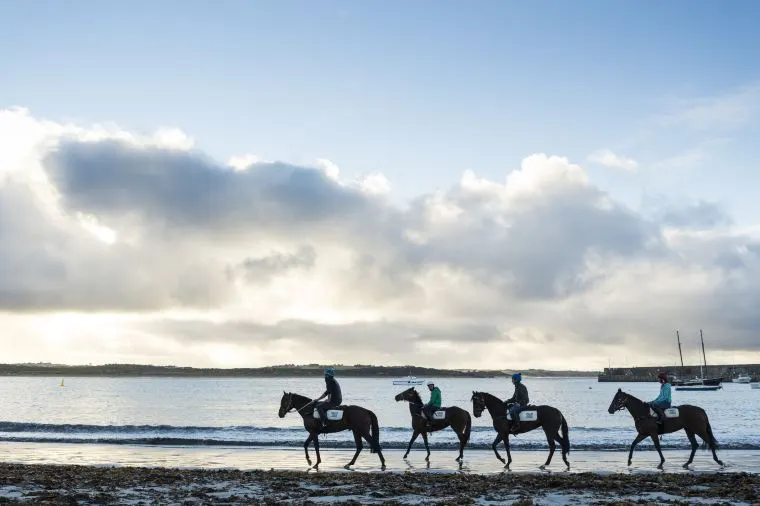
The cost range of travel insurance for a trip to Australia can vary depending on several factors. These factors include your age, the length of your trip, the type of coverage you need, and the insurance provider you choose. To give you a general idea of the costs involved, here are some guidelines:
For a single trip, the cost of travel insurance can range from around $50 to $300. This range is influenced by factors such as the duration of your trip and the level of coverage you require. It's important to note that the cost may be higher for older individuals or those with pre-existing medical conditions.
If you are a frequent traveler and plan to visit Australia multiple times in a year, an annual travel insurance policy might be more suitable for you. The cost of an annual policy can range from $200 to $800, depending on the coverage and duration of your trips.
For those seeking comprehensive coverage, the cost of travel insurance can range from $100 to $500. This type of policy offers extensive protection, including coverage for medical expenses, trip cancellation or interruption, and lost or delayed baggage. The cost will vary based on the level of coverage and the duration of your trip.
It's important to compare travel insurance policies from different providers to find the coverage that best meets your needs and budget. Take the time to read the policy details carefully and understand what is and isn't covered, as well as any deductibles or exclusions. Additionally, some credit cards and travel booking sites offer travel insurance as a benefit or add-on, so be sure to explore those options as well.
Comparing policies and understanding the coverage options available to you will ensure that you have the necessary protection during your trip to Australia. So, take the time to research and find the right travel insurance policy that suits your needs and budget.
How much does it cost for family, couples or single when traveling to Australia?

The cost of traveling to the country can vary widely depending on a number of factors, such as the length of the trip, the type of accommodation, the level of luxury, the activities planned, and the number of travelers. Here are some estimated costs for a trip to the country:
Airfare: The cost of airfare to the can vary depending on the departure city and the time of year. You can expect to pay anywhere from a few hundred to several thousand dollars for a round-trip ticket from the United States to Australia per person.
Accommodation: The cost of accommodation in the country can vary depending on the type of lodging and the location. For budget travelers, a night in a hostel or budget hotel can range from around $30 to $80. If you prefer a bit more comfort, mid-range hotels typically range from $80 to $150 per night, while luxury hotels and ryokans can cost upwards of $200 per night.
Food and drink: The cost of food and drink in Australia can vary depending on the type of cuisine and the level of luxury. For budget travelers, a meal at a local restaurant can range from $10 to $20 per person. If you're looking for a bit more variety and quality, a mid-range meal can cost anywhere from $20 to $40 per person.
Transportation: The cost of transportation in Australia can vary depending on the mode of travel and the distance. A single metro or train ticket can range from $2 to $5, while a long-distance bullet train ticket can cost anywhere from $50 to $150. Taxis and car rentals are also available, but they can add to the transportation costs.
Overall, the cost of traveling to Australia can range from a few hundred to several thousand dollars per person, depending on the factors mentioned above. For a family, couple, or single traveler, the expected cost range for a trip to Australia can be anywhere from $1000 to $5000, covering the different travel styles and preferences.
Methods to save money when traveling to Australia
Planning a trip to Australia can be an exciting adventure, but it's no secret that it can also be quite costly. However, with a little bit of savvy and some insider knowledge, you can make your dream trip Down Under more affordable than you might think. Here are some tried and true methods to help you save money when traveling to Australia.
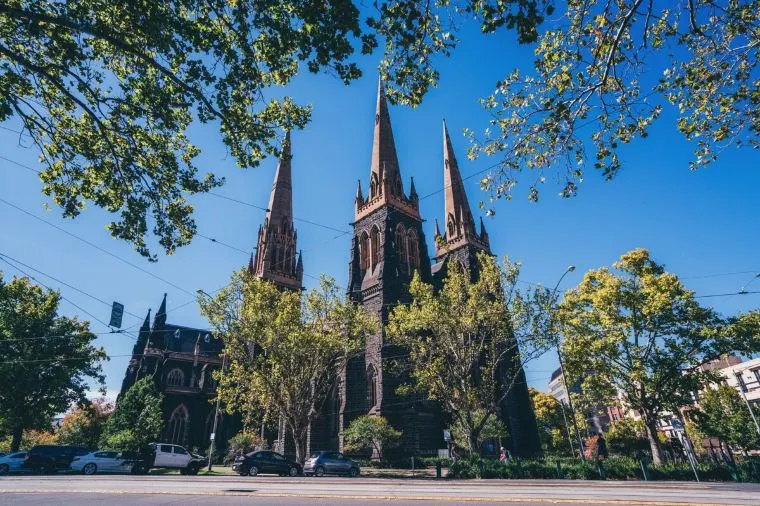
First and foremost, consider traveling during the off-peak seasons. Australia's peak tourist season is during the summer months of December to February, which means higher prices for flights, accommodations, and attractions. By opting to visit during the shoulder seasons of spring or autumn, you can take advantage of lower prices and still enjoy pleasant weather.
Another great way to save money is by booking your flights and accommodations in advance. Airlines and hotels often offer discounted rates for early bookings, so make sure to keep an eye out for any special deals or promotions. Additionally, consider staying in budget-friendly accommodations such as hostels or guesthouses, which can provide a unique and affordable experience.
When it comes to exploring Australia's stunning landscapes and attractions, there are plenty of cost-effective options. Take advantage of public transportation, such as buses or trains, which are often cheaper than renting a car. Additionally, consider purchasing a multi-attraction pass, which can provide discounted access to popular tourist sites.
Furthermore, don't forget to indulge in the local cuisine. While dining out at fancy restaurants can quickly add up, trying out local street food or visiting local markets can be a budget-friendly way to experience the diverse flavors of Australia. Plus, it's a great opportunity to mingle with the locals and immerse yourself in the culture.
Lastly, be mindful of your spending habits and set a daily budget for yourself. It's easy to get carried away with shopping or splurging on unnecessary items, but by keeping track of your expenses, you can ensure that you stay within your means and make the most of your trip without breaking the bank.
So, if you're dreaming of a trip to Australia but worried about the cost, don't fret. By following these money-saving methods, you can make your Australian adventure a reality without emptying your wallet. Start planning today and get ready to embark on an unforgettable journey Down Under!
Tips for Traveling to Australia
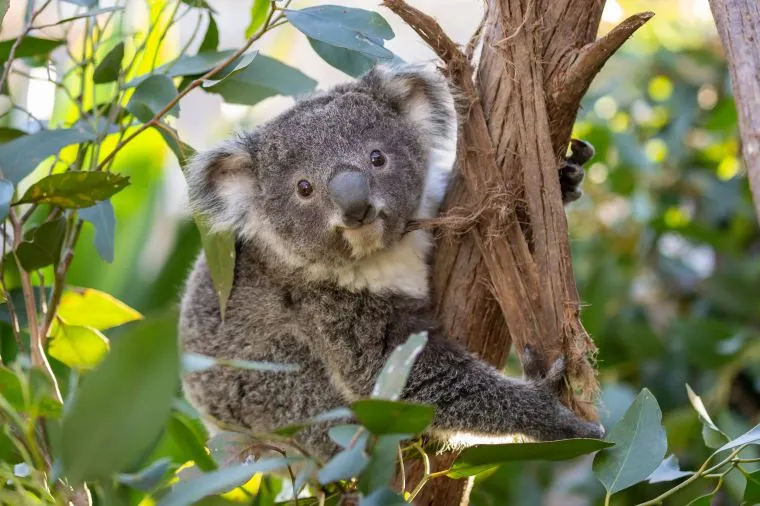
Planning a trip to the land Down Under? Australia is a vast and diverse country, offering a myriad of experiences for travelers. Whether you're seeking adventure in the Outback, exploring the stunning coastline, or immersing yourself in vibrant city life, Australia has it all. To ensure you make the most of your journey, here are eight essential tips:
1. Research the seasons: Australia's seasons are the opposite of those in the Northern Hemisphere. Keep in mind that summer runs from December to February, while winter spans from June to August. Plan accordingly to make the most of the weather.
2. Get your visa sorted: Before you embark on your Australian adventure, make sure you have the appropriate visa. The process can take time, so it's best to apply well in advance to avoid any last-minute stress.
3. Embrace the local lingo: Aussies have a unique way of speaking, filled with colorful idioms and colloquialisms. Don't be afraid to use phrases like "G'day mate" or "no worries" to blend in and connect with the locals.
4. Pack for all weather conditions: Australia's climate can vary greatly depending on the region you visit. From scorching heat to chilly nights, be prepared for all weather conditions by packing layers and versatile clothing.
5. Explore beyond the cities: While Sydney and Melbourne are must-visit destinations, don't forget to venture into the country's stunning natural landscapes. From the Great Barrier Reef to the breathtaking national parks, Australia's beauty lies beyond its urban centers.
6. Stay sun-smart: Australia is known for its harsh sun, so make sure to protect yourself from harmful UV rays. Apply sunscreen regularly, wear a hat and sunglasses, and seek shade during the hottest parts of the day.
7. Mind the wildlife: Australia is home to some unique and fascinating wildlife, but it's important to remember that not all creatures are friendly. Be cautious around snakes, spiders, and jellyfish, and always follow local advice when swimming in the ocean.
8. Respect the Indigenous culture: Australia has a rich Indigenous history and culture. Take the time to learn about and respect the traditions and customs of the Aboriginal and Torres Strait Islander peoples. Consider joining a cultural tour or visiting an Indigenous-owned business to support the local communities.
* All user reviews in this article have been translated by machine.
* The information above is subject to change at any time. For the latest information, please check the websites of hotels and attractions.
